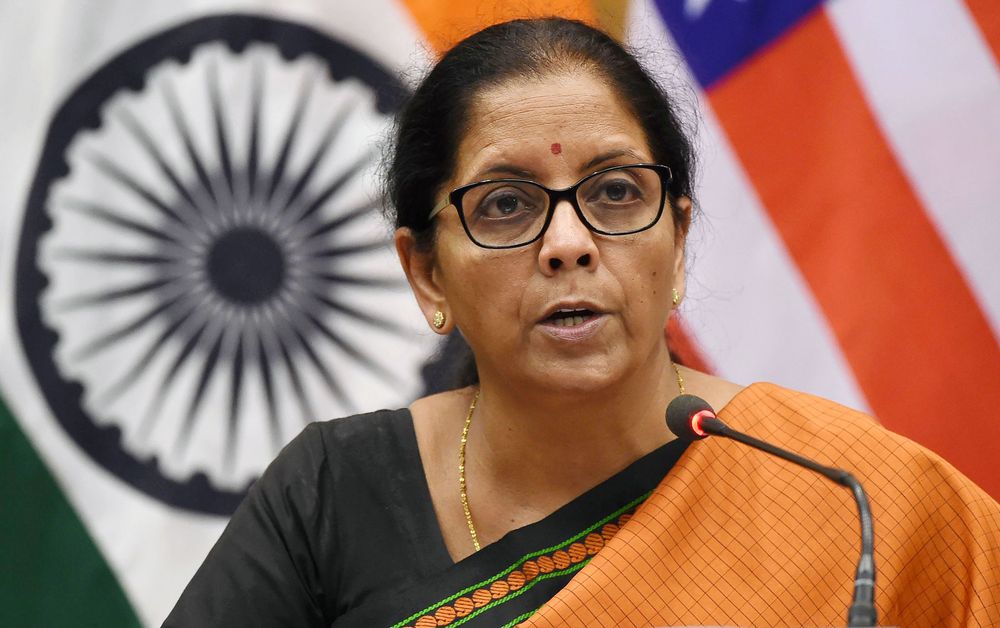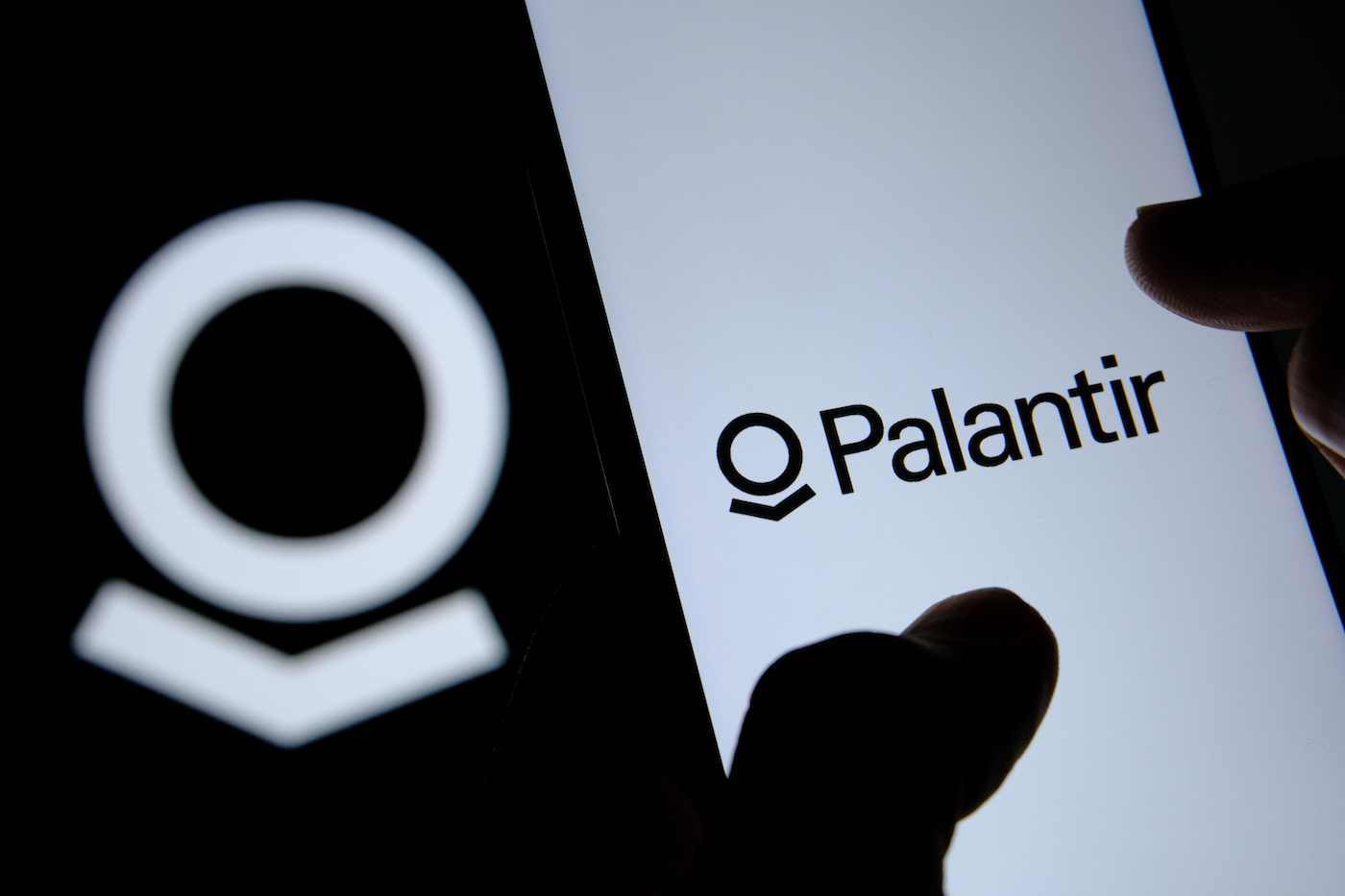The devastating November 10, 2025 car-bomb blast at Delhi’s historic Red Fort has once again intensified tensions between India and Pakistan. The explosion, which killed 13 people and injured more than 30, has been linked to a Jaish-e-Mohammed (JeM) module operating from Pakistan. Early intelligence suggests the attack may have been carried out as revenge
The devastating November 10, 2025 car-bomb blast at Delhi’s historic Red Fort has once again intensified tensions between India and Pakistan. The explosion, which killed 13 people and injured more than 30, has been linked to a Jaish-e-Mohammed (JeM) module operating from Pakistan. Early intelligence suggests the attack may have been carried out as revenge for India’s Operation Sindoor.
Red Fort Blast Tied to Rebuilt Jaish-e-Mohammed Network
Investigators believe the attack is the result of Pakistan’s long-term strategy to restore and strengthen JeM’s operational network. These efforts reportedly began after Operation Sindoor, when India destroyed nine terror bases across Pakistan and Pakistan-occupied Kashmir in response to the April 22, 2025 Pahalgam attack, where terrorists executed non-Muslim male tourists.
Despite these counterterrorism gains, Pakistan allegedly enabled JeM to rebuild, allowing the group to regain strength within months.
Pakistan’s Compensation Plan Sparks Questions
On May 13, 2025, Pakistan’s Prime Minister Shehbaz Sharif announced a “Shuhada Package”, promising financial compensation for those killed during Indian strikes. Reports later claimed that the package also benefitted families of JeM terrorists, not just civilians.
At the same time, intelligence agencies reported that Pakistan was quietly funding the reconstruction of terrorist facilities destroyed in the Indian airstrikes.
Digital Fundraising: JeM’s New $14 Million Strategy
With traditional financial routes monitored due to FATF pressure, Jaish-e-Mohammed reportedly launched a $14 million digital fundraising drive through platforms like EasyPaisa and SadaPay.
-
Over 250 digital wallets were allegedly used
-
Wallets were controlled by close associates of JeM leader Masood Azhar
-
Funds were collected using encrypted messaging and social media
The collected money supported the establishment of 313 markaz (centers)—believed to function as safe houses, training camps, and logistical hubs. Analysts warn that the funds also support weapons procurement and future terror operations against India.
Multiple reports indicate that Pakistan’s Inter-Services Intelligence (ISI) helped JeM design and execute this fundraising model.
Strategic Relocation Toward Khyber Pakhtunkhwa
After facing Indian strikes, JeM reportedly shifted its primary operations from Pakistan-occupied Kashmir to Khyber Pakhtunkhwa, closer to the Afghanistan border. Intelligence sources say the region was seen as safer from Indian retaliation.
Local media reports claim:
-
Pakistani authorities openly supported the move
-
Local police provided security cover for JeM activities
-
Political-religious groups like Jamiat Ulema-e-Islam assisted the organization
On September 14, 2025, JeM even held a public recruitment rally in Mansehra district, where senior leader Maulana Mufti Masood Ilyas Kashmiri praised JeM fighters killed during Indian strikes. Shockingly, he claimed that Pakistan’s Army Chief Asim Munir ordered military honors at the funerals.
A White-Collar Terror Cell Behind the Red Fort Blast
Investigators believe the Red Fort attack was executed by a Jaish-e-Mohammed cell operating from Faridabad, India. This was not a typical group of foot soldiers — officials describe it as a “white-collar terror ecosystem” involving doctors and medical professionals influenced by JeM ideology.
Reports from The Times of India and India Today suggest:
-
Al-Falah University in Faridabad acted as a potential hub for radicalization
-
JeM handlers in Pakistan coordinated communication through encrypted apps
-
Some meetings reportedly took place abroad, indicating a sophisticated international setup
Pakistan’s support, investigators say, helped rebuild, reorganize, and expand these networks despite India’s military success.
A Larger Problem: State-Level Support for Terror Networks
Experts warn that tactical victories like Operation Sindoor cannot dismantle terrorism unless the state-sponsored ecosystem behind it is addressed. International financial institutions working with Pakistan are urged to reassess funding channels, as aid meant for development could be diverted to terror infrastructure.
A Wake-Up Call for the Global Community
The Red Fort bombing highlights a troubling reality: Pakistan continues to publicly claim responsibility and stability while quietly supporting extremist groups. Despite the United States recognizing Pakistan as a Major Non-NATO Ally, and President Donald Trump seeking closer ties with Field Marshall Asim Munir, the support for terror networks contradicts their official stance.
Experts warn that this attack is unlikely to be the last unless global pressure forces real change.







Leave a Comment
Your email address will not be published. Required fields are marked with *